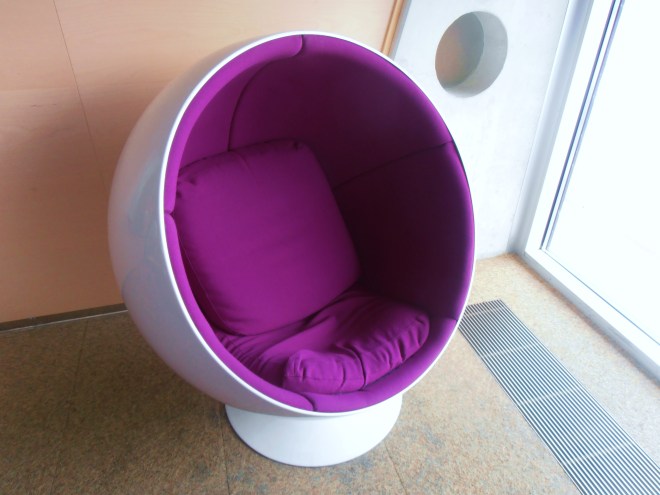As many of us can attest to, dozens of modern international airports are like mini-cities, complete with malls, chapels, huge kid’s play areas, two-story food plazas, and sometimes even golf courses and movie theaters. As travel services have evolved into an art, more and more airports have focused on offering the weary, anxious, or downright cranky traveler the chance to de-stress — to the point that some of us might even forget we’re in an airport. Spas? Art galleries? Gardens? They’re in many of the world’s largest and most popular hubs — maybe even in the one you call your own.
You don’t have to belong to an airline’s VIP club to access most of these relaxing amenities; you just have to find the right terminal. So, if you have a choice of where to spend a long layover on your next trip, I offer these observations about some of the best airports out there where you can settle your frazzled nerves instead of dreading the next bout of altitude. I’m sure you can think of a few other airports where you wouldn’t mind killing some time at all.
Kuala Lumpur International Airport, Malaysia
- Rainforest
- Reflexology and massage center
Narita International Airport, Tokyo
- Silence room
- Reflexology center
- Oxygen bar
Dubai International Airport, United Arab Emirates
- Two indoor Zen gardens, located on either end of the concourse
San Francisco International Airport
- Yoga room
- Library
- Aquarium
- Art galleries
Schiphol International, Amsterdam
- Library
- Museum
(No offense to Schiphol, but besides the library and museum, this has to be one of the noisiest, most hectic airports on earth… and this is after they ditched the one-terminal concept!)
Beijing International Airport
- Temples and pond
Chicago O’Hare International Airport
- The “Backrub Hub,” offering neck and back massages
Dallas/Fort Worth International Airport
- Self-service yoga studio
Incheon International Airport, South Korea
- Spa
- Indoor gardens
- Museum
- Private sleeping rooms
Heathrow, London
- Art Gallery
- Be Relax Spa
Taiwan International Airport
- Library featuring e-books, regular books, and magazines and newspapers
Charles de Gaulle, Paris
- Be Relax Spa
- Movie theater
Changi Airport, Singapore
- Five themed gardens, one of them home to more than a thousand butterflies
- Free calf-massage stations
- Designated napping facilities
Vancouver International Airport
- Sleep pods, complete with noise-canceling earphones
I can think of some airports I’d put on a different list for being the loudest, most irritating, panic attack-inducing places on earth, but alas, one of the best ways to manage stress is to keep things positive. So, I’ll leave you with this image — wherever you may be right now.
Too bad more of us don’t find laying over in Tallinn, Estonia convenient. The international airport, Lennart Meri Tallinn, has passenger relaxation at every gate down to an art.


